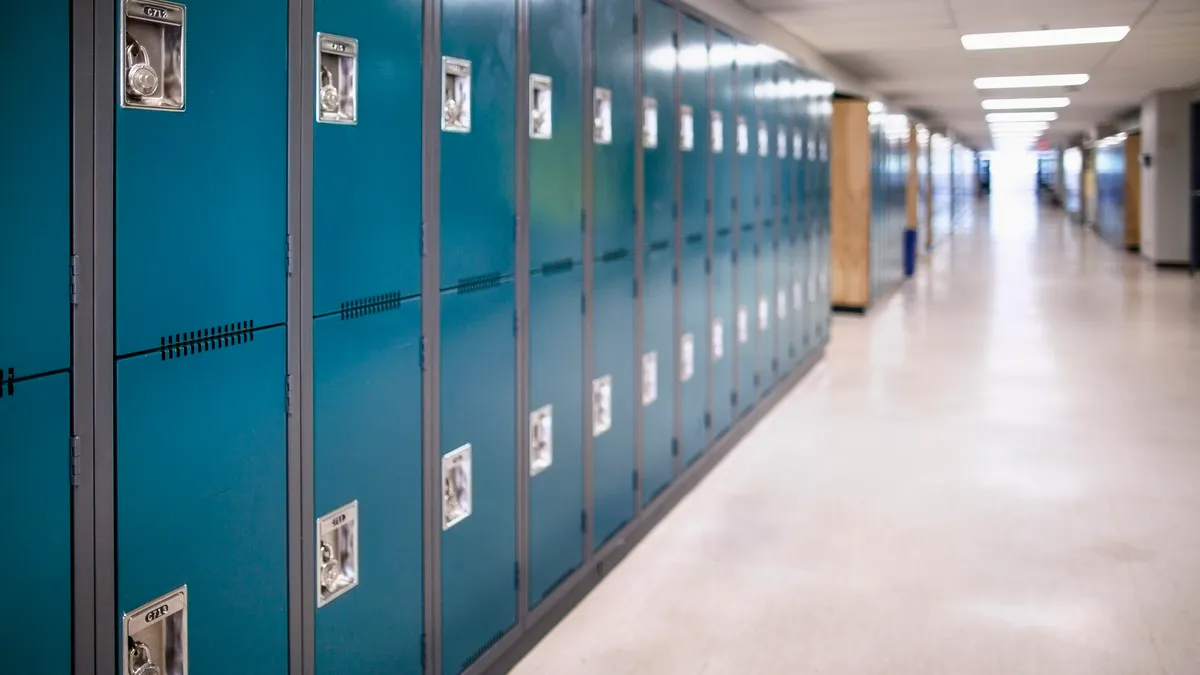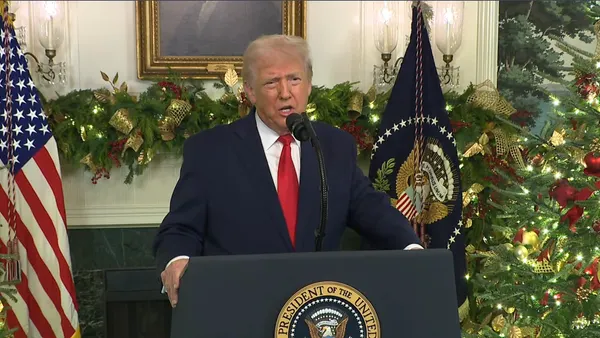State school safety centers have emerged over the past two decades as a solution for helping states provide security training, technical assistance and resources to schools.
To better understand these centers’ challenges, accomplishments and services offered, WestEd’s Justice & Prevention Research Center released a new report based on interviews with 32 directors representing state school safety centers in 29 states. Due to varying definitions of SSSCs, the number of reported centers in the country ranges between 20 to 48 states, according to WestEd. About 79% of the 29 states represented in interviews said they receive state-appropriated dollars as their main funding source, while nearly 59% said their top funding source is federal grants and 45% said state grants.
When asked for the top reasons their states formed these centers, 48% of directors cited a high-profile incident such as a school shooting or natural disaster, 35% reported they formed due to legislative requirements, and another 35% said their center developed out of stakeholder need or advocacy, WestEd found.
Nearly half (48%) of the SSSC directors interviewed said top areas of focus for their centers include threat assessment as well as emergency management and response. Additionally, 31% said mental and behavioral health is a top priority, while 24% listed anonymous reporting and tip line management as well as school policing.
Suicide prevention is another common focus area for SSSCs, cited by 21% of directors overall. Some 17% of directors said they also look at school climate and social-emotional learning as focus areas, 14% listed bullying. Discipline, school violence, human trafficking, and drug, alcohol and tobacco prevention were each listed as focus areas by less than 10% of directors.
As of early April, the number of school shootings for 2023 is on track to outpace last year’s record high of 273. A March 27 shooting at The Covenant School in Nashville, Tennessee, that killed six people, including three children, was the nation’s deadliest since the Robb Elementary School massacre in Uvalde, Texas, in May 2022.
While a significant portion of SSSCs formed out of a need to help schools manage emergencies in response to high-profile school shootings, the WestEd report stressed that security training and related efforts provided by these centers must go beyond that.
“Legislation, policy, and practice are coalescing around the theme that responding to a tragedy is necessary but not as effective as preventing one from taking place altogether,” researchers wrote. “Thus, directors noted that other topics, such as threat assessment, school policing, mental health, bullying prevention, and anonymous reporting, are also starting to appear more often in legislation.”














